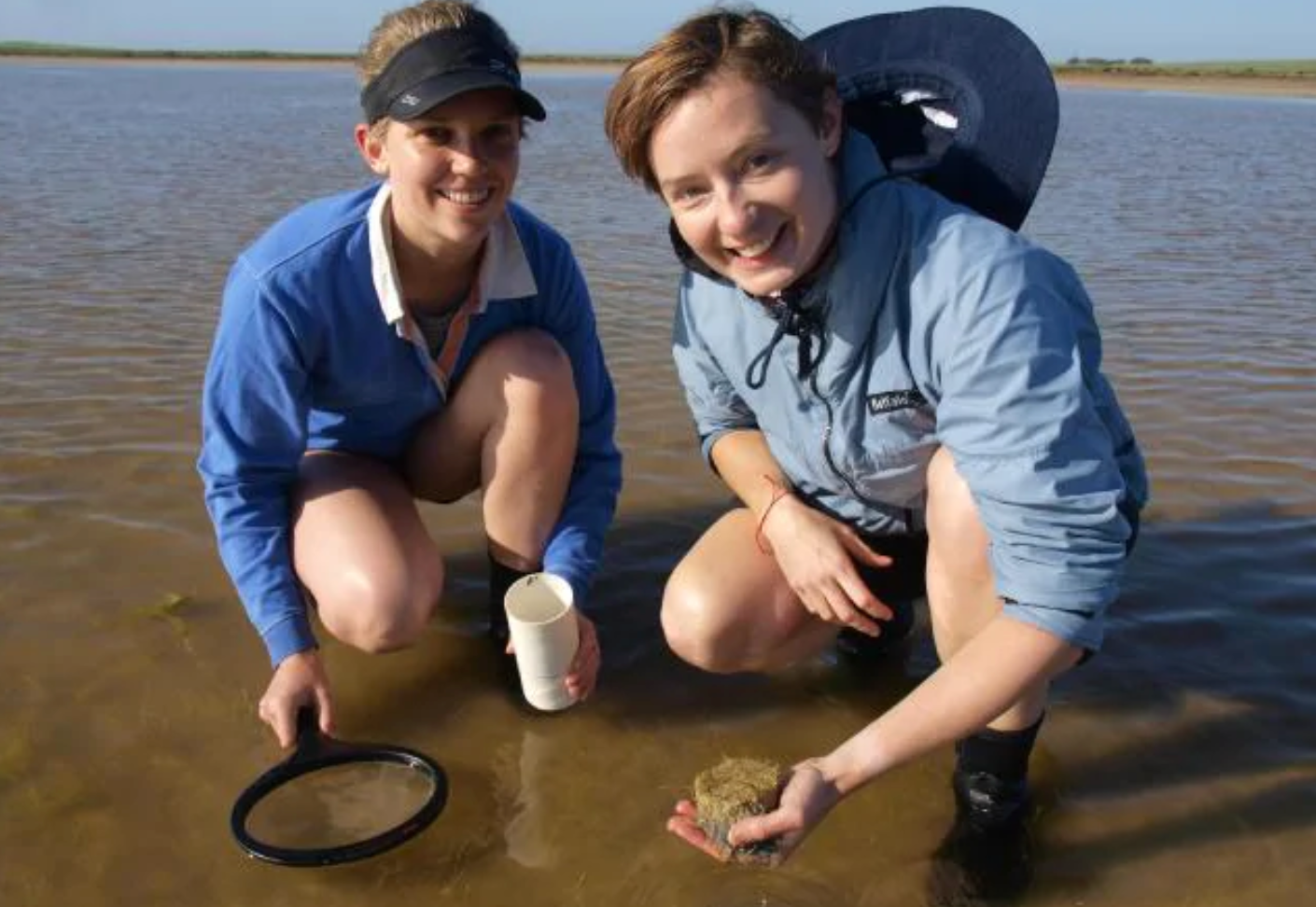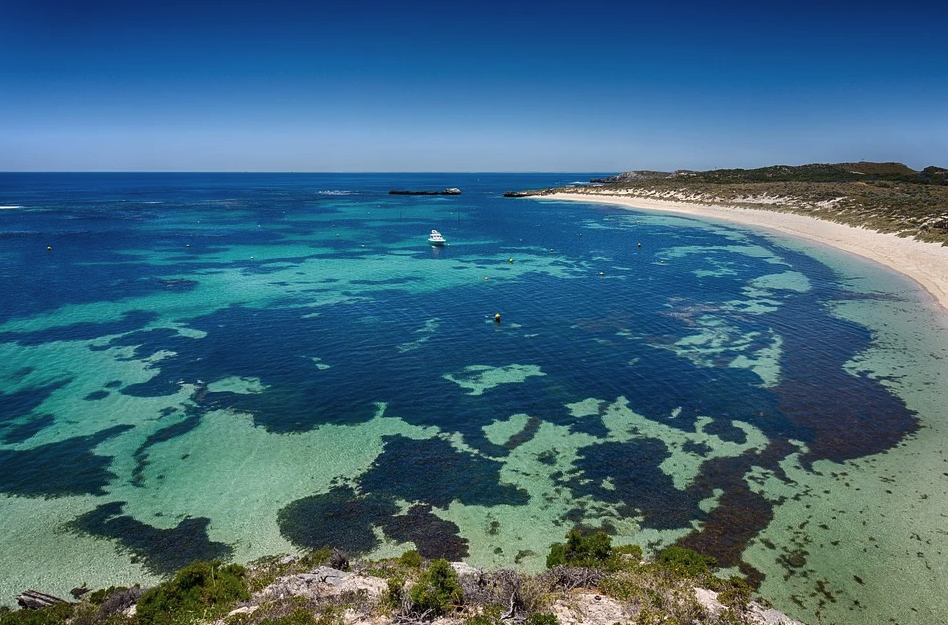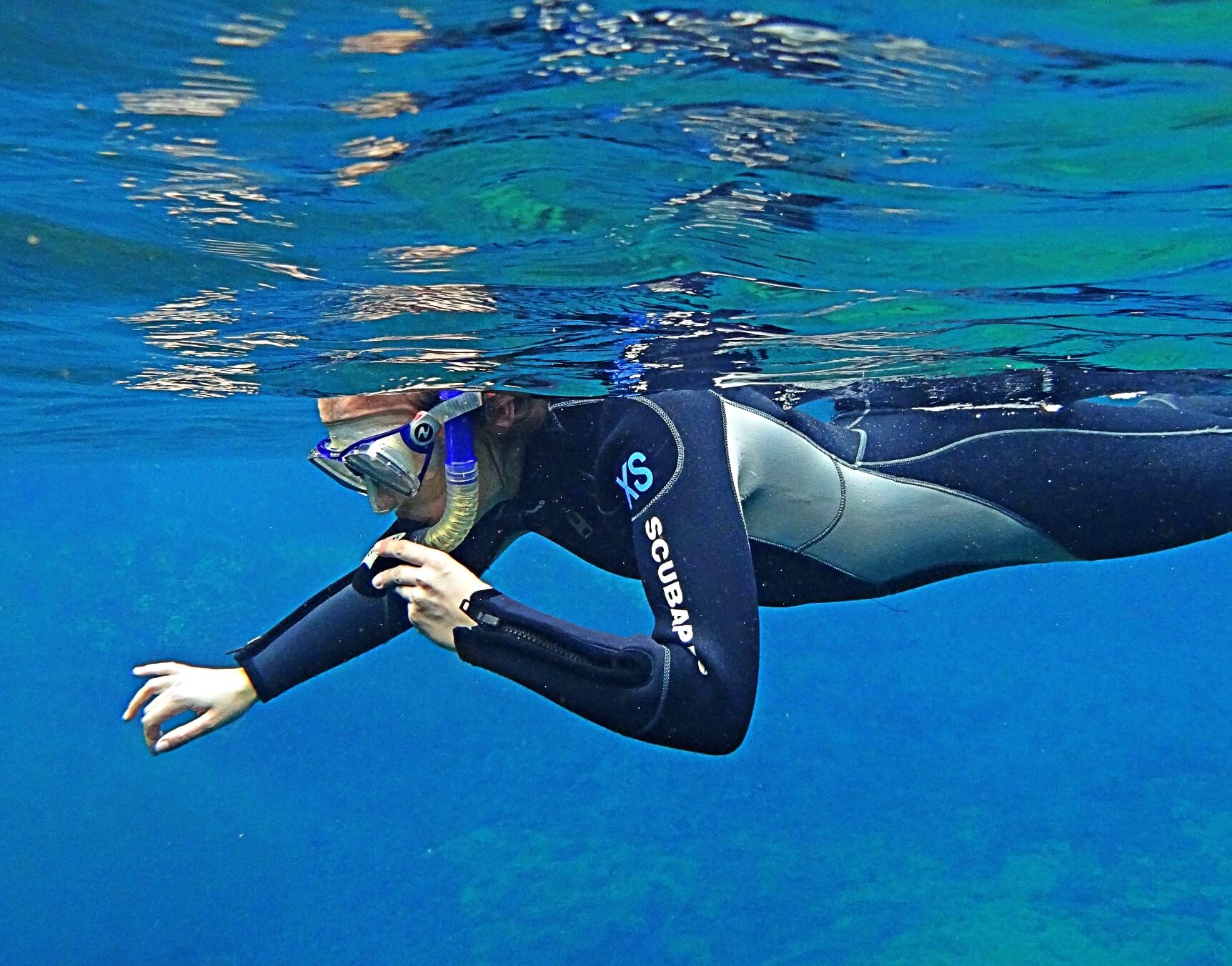A little known secret about Australian seagrass, mangroves and salt marshes is the ability to capture and store more carbon than the plants on dry land. South Australia is set up to protect and expand these ecosystems, whilst making money in the process for coastal communities.
Plants growing in these watery places capture and store more carbon then plants on dry land and at a faster rate. Amazingly, carbon is stored for longer: hundreds or thousands of years. There’s enormous potential for blue-carbon projects to reduce greenhouse gas emissions and provide many other benefits at the same time.
The research team comprising of many Environment Institute members collaborated, to map the state and found SA has more than one million hectares of seagrass, close to 20,000ha of tidal salt marsh and 16,420ha of mangroves. Trials are taking place at pilot sites this year to re-establish about 10ha of seagrass off the Adelaide metropolitan coastline, with plans for large-scale restoration work to follow next year.
University of Adelaide research associate Dr Alice Jones says “Blue-carbon projects provide a range of benefits, such as protecting shorelines from sea-level rise, improving water quality, and providing habitat for fisheries and migratory birds, for example the Adelaide International Bird Sanctuary National Park, Winaityinaiyti Pangkara, to the north of Adelaide,”
“Ideally, blue-carbon project sites can help reduce emissions but also contribute to the state’s tourism industry and support regional economies and coastal livelihoods.”
This quantification of Australia’s blue carbon is the most accurate of any country and paves the way for conservation and restoration of these ecosystems to be counted toward the country’s commitments to emissions reductions such as the Paris Agreement.
Read the full article on The Advertiser (paid edition)
Image: University of Adelaide scientists Emma O’Loughlin and Dr Alice Jones work on marine plants in the Coorong. Picture: Michelle Waycott








